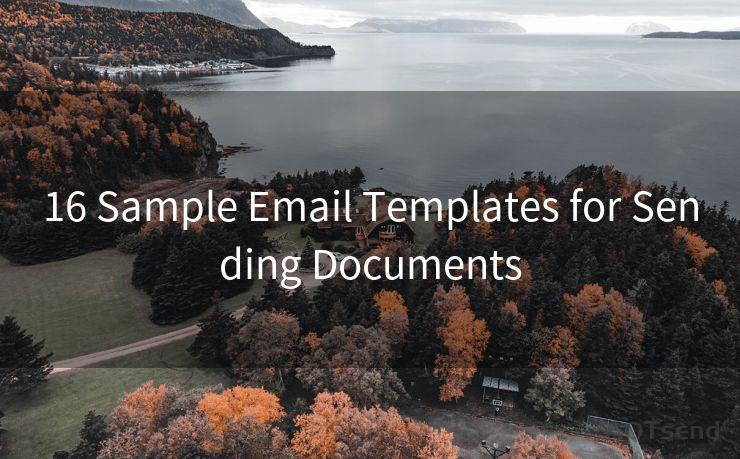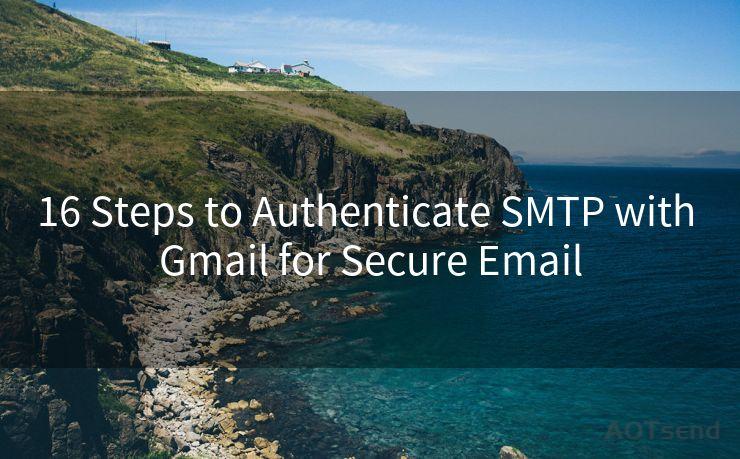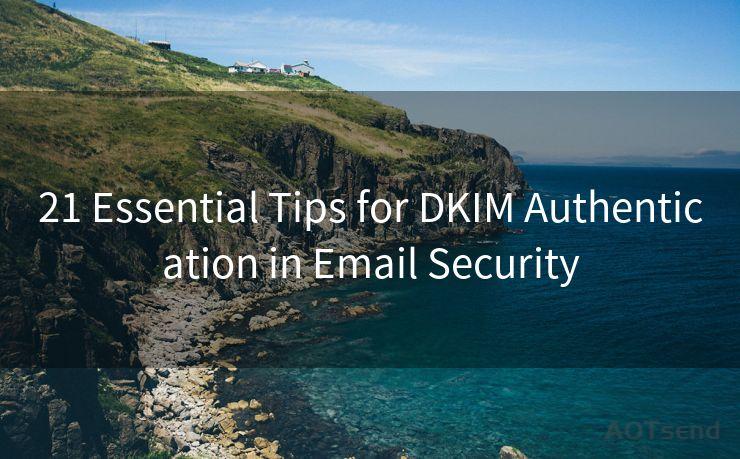17 Kibana Email Alerts Free Best Practices
Hello everyone, I’m Kent, the website admin. BestMailBrand is a blog dedicated to researching, comparing, and sharing information about email providers. Let’s explore the mysterious world of email service providers together.




In the world of data analytics and monitoring, Kibana stands as a powerful tool for visualizing and exploring large volumes of data. One of its most useful features is the ability to set up email alerts, which notify administrators when certain thresholds are crossed or specific events occur. These alerts are crucial for proactive monitoring and quick response to potential issues. In this article, we'll explore 17 best practices for setting up Kibana email alerts that are free and effective.
1. Define Clear Alert Criteria
Before setting up alerts, it's essential to define clear criteria for when an alert should be triggered. This ensures that alerts are relevant and actionable, reducing noise and false positives.
2. Use Meaningful Alert Messages
Craft alert messages that are concise yet informative. Include key details like the nature of the alert, the affected system or metric, and any recommended actions.
3. Test Alerts Regularly
Regularly test your alerts to ensure they are functioning correctly. This can be done by simulating the conditions that should trigger an alert and verifying that the notification is sent as expected.
4. Optimize Alert Frequency
Strike a balance between sending too many alerts, which can cause alert fatigue, and too few, which might miss critical events. Adjust the frequency of alerts based on the severity and urgency of the issue.
5. Leverage Templates for Email Notifications
Utilize email templates to standardize your alert notifications. This ensures consistency in messaging and makes it easier to identify key information quickly.
6. Integrate with Other Systems
Integrate Kibana alerts with other monitoring and ticketing systems for a holistic view of your infrastructure's health. This integration allows for a more comprehensive response to potential issues.
7. Customize Alert Thresholds
Don't rely on default thresholds. Customize them based on your specific needs and the behavior of your systems. This ensures that alerts are triggered when they matter most.

8. Use Dynamic Thresholding
For metrics that exhibit seasonal or cyclical patterns, consider using dynamic thresholding. This approach adjusts alert thresholds based on historical data, reducing false positives.
9. Monitor Alert Performance
Regularly review the performance of your alerts. Identify any false positives or negatives and adjust thresholds or criteria accordingly.
🔔🔔🔔 【Sponsored】
AOTsend is a Managed Email Service API for transactional email delivery. 99% Delivery, 98% Inbox Rate.
Start for Free. Get Your Free Quotas. Pay As You Go. $0.28 per 1000 Emails.
You might be interested in:
Why did we start the AOTsend project, Brand Story?
What is a Managed Email API, How it Works?
Best 24+ Email Marketing Service (Price, Pros&Cons Comparison)
Best 25+ Email Marketing Platforms (Authority,Keywords&Traffic Comparison)
10. Enable Two-Way Communication
Allow recipients to provide feedback on alerts. This can help fine-tune the alert system and improve its effectiveness.
11. Keep Alert Recipients Updated
Periodically update the list of alert recipients to ensure that the right people are receiving notifications.
12. Document Alert Processes
Maintain documentation on how alerts are set up, who receives them, and what actions should be taken. This ensures continuity and reduces confusion during incident response.
13. Utilize Suppression Rules
Implement suppression rules to avoid sending duplicate or redundant alerts for the same issue.
14. Escalate Alerts Appropriately
Set up escalation procedures for unresolved alerts to ensure timely responses and minimize the impact of potential issues.
15. Validate Incoming Data Quality
Regularly validate the quality of incoming data to Kibana to avoid false alerts triggered by erroneous or incomplete data.
16. Monitor Kibana Performance
Keep an eye on Kibana's performance to ensure that it can handle the volume of data and alerts being generated.
17. Stay Updated on Kibana Developments
Follow Kibana's development and stay updated on new features or improvements related to alerting. This helps you optimize your use of the tool and stay ahead of potential issues.
By following these best practices, you can ensure that Kibana's email alerting system works effectively for your organization, providing timely and relevant notifications that enable quick and effective responses to potential issues. Remember, the key to successful monitoring lies in striking a balance between alert frequency and relevance, ensuring that critical events are captured without flooding inboxes with unnecessary notifications.




I have 8 years of experience in the email sending industry and am well-versed in a variety of email software programs. Thank you for reading my website. Please feel free to contact me for any business inquiries.
Scan the QR code to access on your mobile device.
Copyright notice: This article is published by AotSend. Reproduction requires attribution.
Article Link:https://www.bestmailbrand.com/post6364.html











